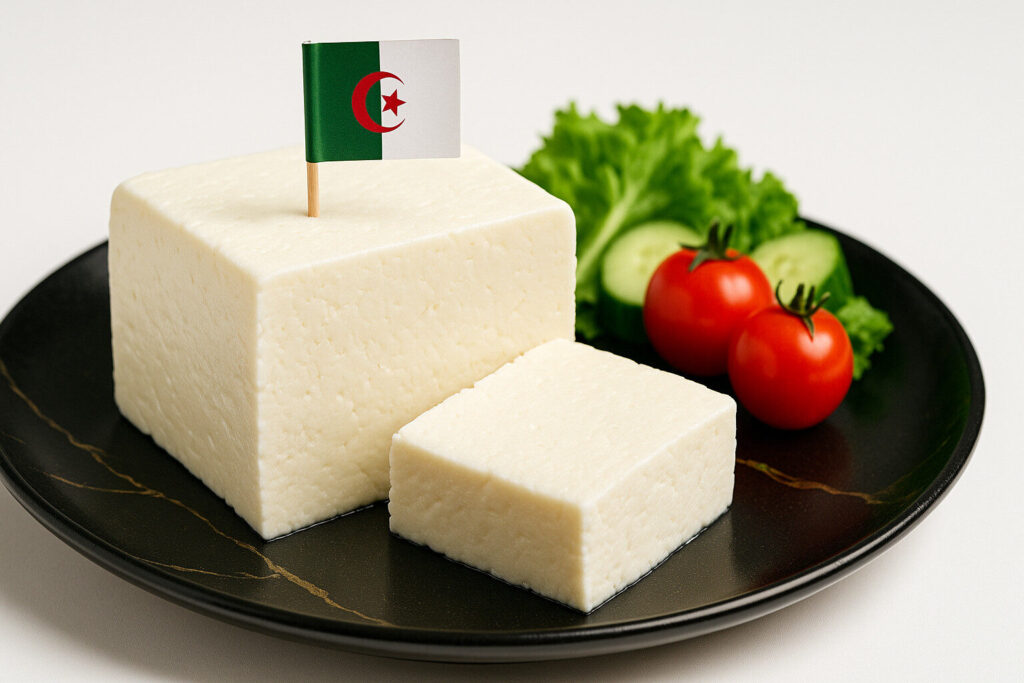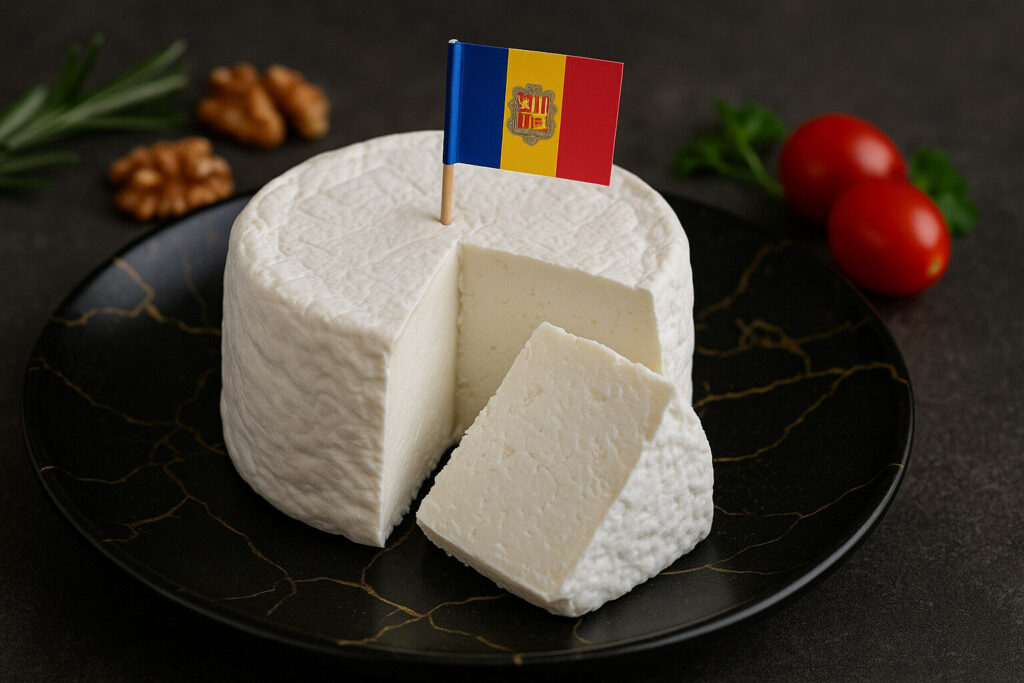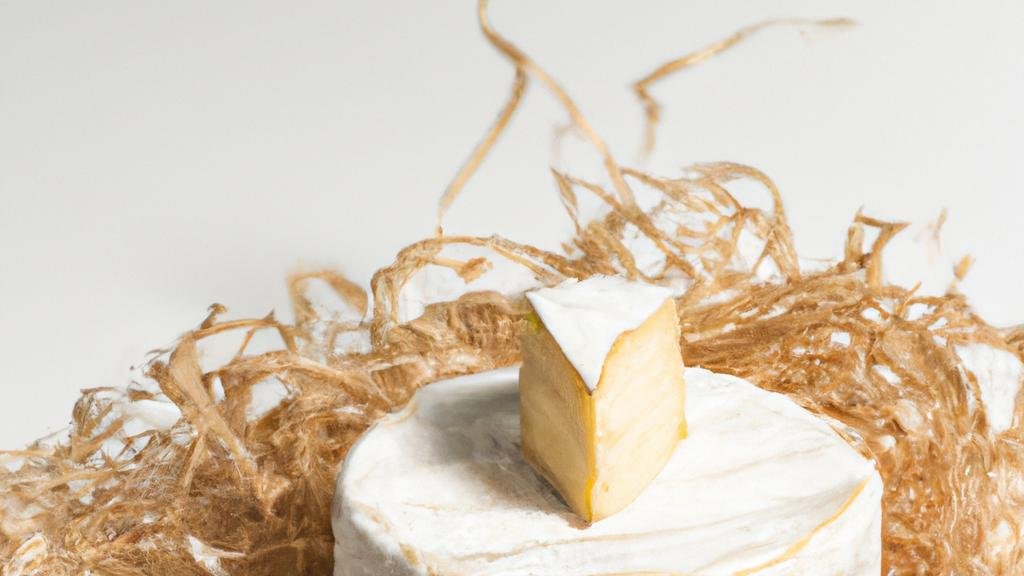Earthy Cheese
Defining Earthy Notes in Cheese
Earthy is a descriptive term in cheese tasting denoting aromas and flavors reminiscent of soil, mushrooms, or forest floor. This characteristic is a valued component in many cheese styles, particularly those with natural rinds or aged in specific environments. It contributes to the overall complexity and depth of a cheese’s flavor profile, distinguishing it from purely milky or buttery cheeses.
The scope of earthy notes can range from subtle hints of fresh rain on pavement to more pronounced flavors of damp cellar or truffle. It is often associated with specific microbial activity, such as the presence of certain molds like Penicillium candidum or Geotrichum. This quality is not a flaw but a deliberate and celebrated attribute in many traditional and artisanal cheeses.
Production Factors for Earthy Character
The development of earthy notes is heavily influenced by the cheese’s aging environment, known as the affinage. Caves and cellars with specific humidity levels and native microflora impart these distinct aromas to the rind and paste. Cheeses aged on wooden boards or in humid, earthy cellars readily absorb these environmental characteristics.
Specific production techniques, such as washing the rind with brine or other solutions, can encourage the growth of bacteria like Brevibacterium linens. This bacterium is a primary contributor to earthy, sometimes pungent, aromas. The type of milk, the animal’s diet of pasture grasses, and the length of the aging period are also critical factors in developing this profile.
Sensory Profile of Earthy Cheeses
On the palate, earthy cheeses present flavors that can be described as mushroomy, musty, or like wet leaves. The aroma is often the first indicator, smelling distinctly of a forest after rain or a rich, loamy soil. These sensory elements are typically balanced with other notes like nutty, savory, or milky flavors, creating a harmonious taste experience.
The texture of earthy cheeses often correlates with their flavor development; they can range from semi-soft and pliable to firm and crystalline. The rind, which is frequently where the earthy character is most concentrated, may be edible and contribute a contrasting texture. The finish, or aftertaste, is often lingering and complex, reinforcing the initial earthy impressions.
Culinary Uses of Earthy Cheeses
Earthy cheeses are excellent for cooking, as their robust flavors hold up well to heat. They melt beautifully into sauces for pasta or gratins, adding a deep, savory dimension. Their complexity also makes them ideal for pairing with ingredients that share similar flavor profiles, such as wild mushrooms, root vegetables, and hearty grains.
On a cheese board, earthy cheeses provide a compelling contrast to sweeter or sharper varieties. They pair exceptionally well with full-bodied red wines, such as Pinot Noir or Syrah, and rustic beers like porters or saisons. A drizzle of honey or a slice of pear can help to balance and enhance their profound, grounded flavors.
Regional Examples of Earthy Cheeses
France produces several iconic earthy cheeses, such as the washed-rind Munster from Alsace and the bloomy-rind Camembert de Normandie. These cheeses develop their characteristic notes from their specific regional aging caves and traditional production methods. The limestone caves of Roquefort-sur-Soulzon impart a distinct earthy minerality to the famous blue cheese aged there.
From Italy, Taleggio is a renowned washed-rind cheese with distinct mushroomy and earthy aromas. In the United States, artisanal producers create earthy-style cheeses like Humboldt Fog, which features a line of vegetable ash and can develop subtle earthy notes. These regional examples showcase how terroir and technique combine to create this desirable characteristic.














